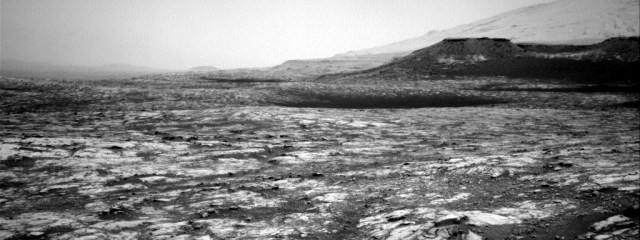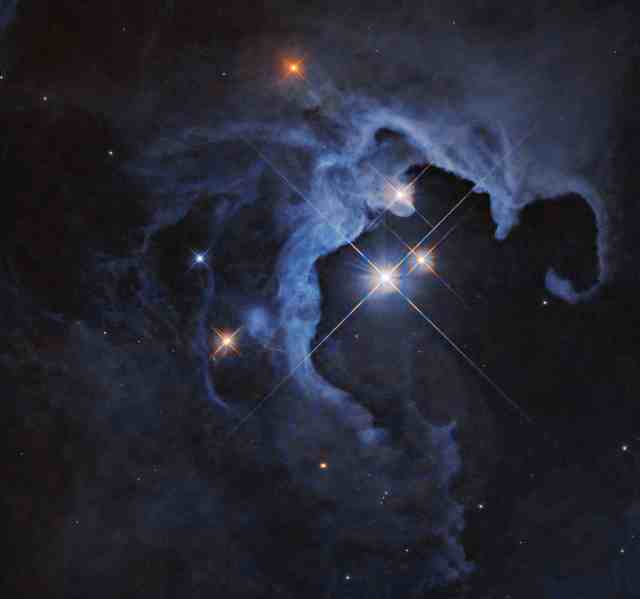Mars Rover Curiosity is set to leave Glasgow for a packed day of science activities. The rover will be performing various experiments that are not commonly conducted on the planet. Mastcam and Navcam will be used to observe sand and dust movement on the surface in order to gather data on how Mars’ sand dunes form and shift over time. These observations, known as “change detection” images, provide insights into the erosion processes that have occurred on the planet over billions of years.
In addition, APXS instrument will be monitoring the atmosphere on Mars. While it is typically used for contact science on rock targets, it is also capable of detecting trace gases such as argon in both Earth’s and Mars’ atmospheres. The relative amount of argon in the Martian atmosphere fluctuates due to the planet’s unique climate, where a significant portion of the atmosphere freezes onto the polar caps during winter. APXS will be able to track these changes in argon levels over time.
Furthermore, a ChemCam observation will be conducted to study the atmosphere in a passive manner. This observation, known as a “passive sky,” involves using ChemCam to analyze gases like water vapor and dust levels without the use of the laser. This allows scientists to monitor seasonal changes in the atmosphere. Given that Mars is entering its dusty season, the team is closely monitoring the sky for signs of approaching storms.


